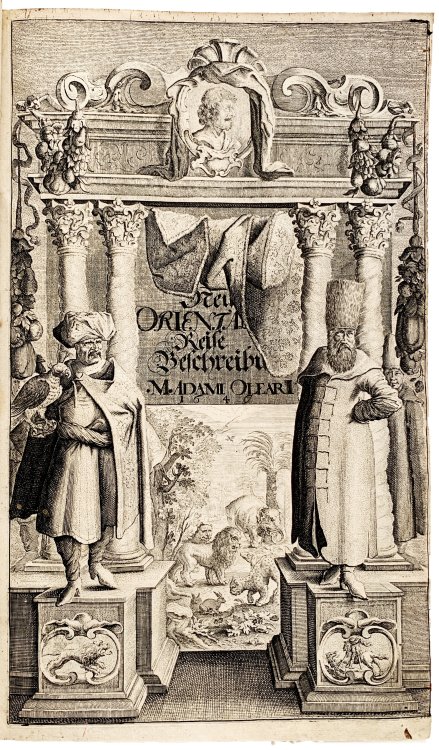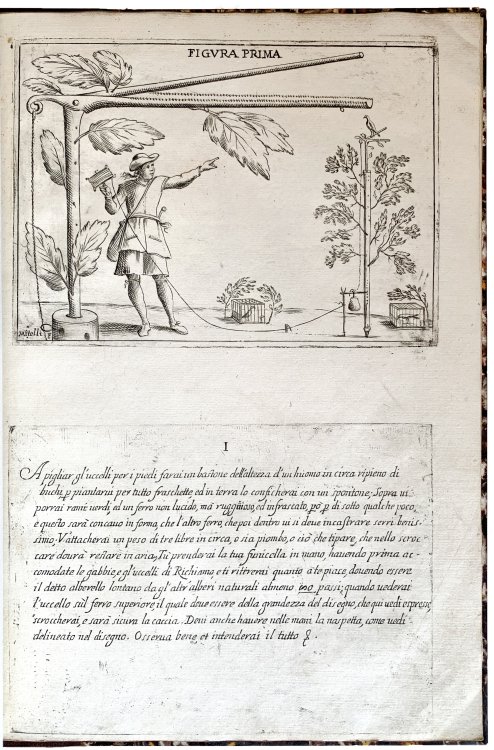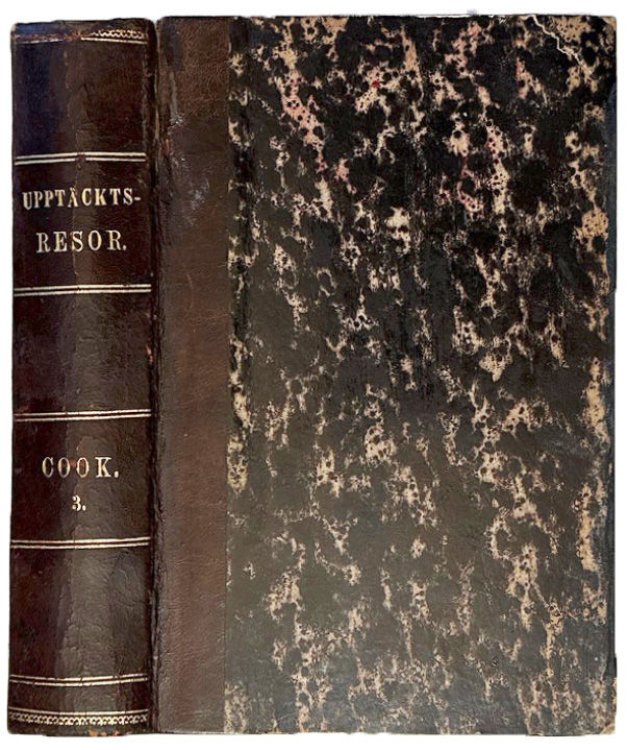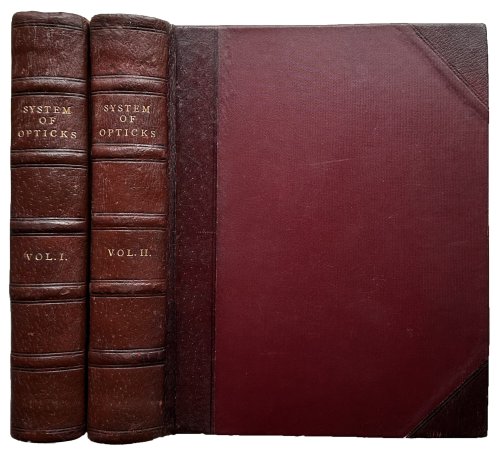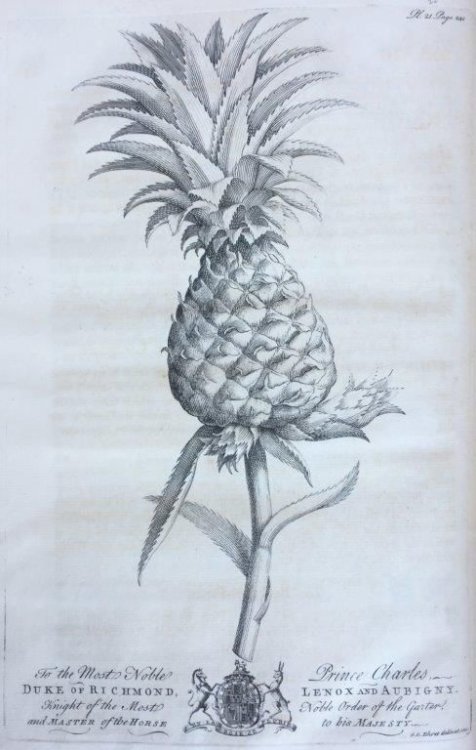
The Natural History of Barbados. In Ten Books.
$5,000.00 USD • Used
Folio 13.75 x 8.75 inches; 349 x 223 mm. [2, title (verso blank)], [2, dedication to Thomas [Hering], Archbishop of Canterbury (verso blank)], vii, [1, Errata], [10, "A List of the Subscribers"], ...
Store: JeffWeberRareBooks [View Items]
Folio 13.75 x 8.75 inches; 349 x 223 mm. [2, title (verso blank)], [2, dedication to Thomas [Hering], Archbishop of Canterbury (verso blank)], vii, [1, Errata], [10, "A List of the Subscribers"], [1, "The Contents"], [1, "Authors Quoted" and "Texts of Scripture Cited or Illustrated"], 250, 251*-254*, 251-314, [7, Explanatory Notes], [1, blank], [4, Addenda], [7, Index], [1, blank] pp. Pages 116 and 117 misnumbered 115 and 116. Large folding engraved map, "A Map of the Island of Barbados," by Thomas Jefferys, Geographer, and 30 engraved plates (22 of which are botanical) by R. Austen, George Bickham, George Dionys Ehret, and J. Mynde, after Ehret and Bickham. Each of the plates is dedicated to one or more of the subscribers (mainly royalty and peerage). Engraved head-piece vignette, "A Prospect of Bridge-Town in the Island of Barbadoes," on pages 1, 31, 61, 188, and 251, and engraved head-piece showing a swag of fruit and flowers (at pages 43, 97, 121, and 141). Decorative woodcut head- and tail-pieces and initials; a2 with clean tear, folding map with short tear into the image (repaired on the verso), and with lower right edge creased, short tear to upper margin of pages 107/108 and 109/110, same location on pl. IV (facing p.111), some offsetting of the plates, with occasional offsetting and bleed-through from text and woodcut tail-pieces. Contemporary calf, spine decoratively tooled in gilt in compartments with six gilt-decorated raised bands and red leather label ruled and lettered in gilt; neatly rebacked, with original spine laid down, binding rubbed and worn. Armorial bookplate of James Dickson Esqr. of Ednam in the County of Roxburgh; early ink ownership inscription at head of title: Kelso Library. A very good copy. First edition. "Not a great deal is known concerning Griffith Hughes. He was born perhaps in Merionethshire about 1707 or 1708 and graduated B.A. and M.A. from St John's College, Oxford, in 1748. Yet just two years later, while rector of St Lucy's parish in the north of Barbados, he brought out his Natural History of the island. At that time he was a member of the Royal Society and obviously a competent botanist. . . The book is one to place beside Catesby's Natural History (1731[-47]), which also gave some account of West Indian plants, in some instances the same ones, with similar local names. Hughes had an advantage over Catesby in that a majority of the Barbados plates were drawn by Ehret, whereas just three of Catesby's are from that gifted artist's hand. Probably several of the unsigned Barbados plates are also by Ehret, for he may have signed only those that he felt were good. . . The book has many charming features. Not often does a work on natural history contain an index to 'Texts of Scripture Cited or Illustrated'. It is the model work by the colonial parson who knows his poets and would know all he can of the flora and fauna among which he has come to dwell. Both in style and in philosophy he is a man of his century" Hunt. Women and their use of time are commented on by Hughes, in a passage where he also discusses the function of nature painting using shells: "In the section of his Natural History of Barbados (1750) devoted to shells [pp.267-286], Griffith Hughes defended the inclusion of women in his audience by stating: 'I have heard several of the Fair Sex, who are fond of Shell-work, frequently ridiculed, as wasting their Time in a trifling and useless Manner.' On the contrary, he argued, configuring shells into designs not only answered Joseph Addison's idea of 'The Beautiful,' but it particularly suited the 'Genius of Women,' who have a facility for putting 'Shape and Colour artificially . . . together.' Moreover, it was so much better than 'murdering their Time in Gaming!' . . . In these remarks [and others], Hughes included women in his audience and in the heterosocial scene of natural history, yet he delineated for them a distinct relationship to nature and to knowledge, associating men with natural philosophy and its central attribute of disinterested curiosity and associated women with imagination, artifice, and the need for improvement. . . " Susan Scott Parrish, American Curiosity: Cultures of Natural History in the . . . 2012, p.174. PROVENANCE: James Dickson (1712-1771) "was born in Stichell, the son of a tenant farmer. Aged about fourteen, young James was apprenticed to a saddler in Kelso. However, he seems to have been a high spirited and mischievous young man for he vandalised the Town Well in the Square, (according to one version by polluting it with a dead cat), then fled the town to escape from punishment. The details of his subsequent career are somewhat obscure but by 1739 he was living in London where he carved out a very successful career as a merchant. It is likely that among his activities he was a prize agent dealing with the sale of ships captured during the wars with France and Spain. (At that time enemy ships and their contents were sold and the spoils shared by the men who had captured them.) He probably also did very well from the capture of Havana in Cuba in 1762, as he would later name his house after this event. In the 1760's James Dickson returned to his native town, now an extremely wealthy man. He immediately began to acquire land in the district including an area beside the River Tweed, between Oven Wynd and the Old Bridge. Here he built himself a handsome town house - Havannah House - employing as his architect one James Nisbet, also a native of Kelso but with a practice in London. He also bought a number of properties in the Square where he had the Cross Keys Hotel erected. Further afield he bought the barony of Broughton near Peebles, and he became Member of Parliament. for a Scottish Burghs seat. In 1765 James Dickson bought the barony of Ednam from the last of the Edmonstone lairds. Thereafter he styled himself Dickson of Ednam and his house in Kelso was renamed Ednam House. As laird he was an enthusiastic improver, draining and enclosing land, building a water powered mill for making woolen cloth, and encouraging the setting up of a brewery business. The village of Ednam was rebuilt, the houses being roofed with pantiles or slates, and its main street is still today as Dickson planned it. His most ambitious project - for a canal from Kelso to Berwick to allow for the easier export of local produce - was never achieved. He was unable to raise the enthusiasm, or the money, from other local landowners and the plan came to nothing. He died in 1771, aged just 59." Sitwell, Great Flower Books, p. 104; Hunt 536; McGill/Wood, page 393 ("A standard work on the early natural history of the island"); Jackson p. 369; Nissen, BBI, 950; Pritzel 4319; Sabin 33582. First Edition.
Product Info
Publisher: Printed for the Author; And sold by most Booksellers in Great Britain and Ireland, 1750.
Year: 1750
Type: Used
Binding: Softcover
Signed
Seller Info
JeffWeberRareBooks
Address: Place Pury 9 Neuchâtel,
Website: https://www.weberrarebooks.com
Country: Switzerland



